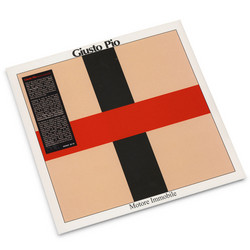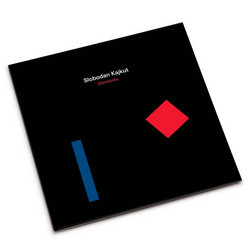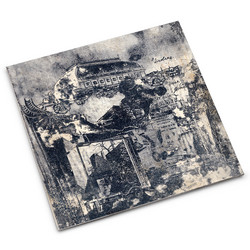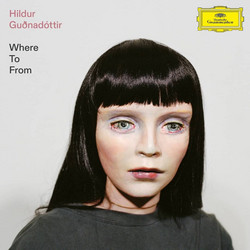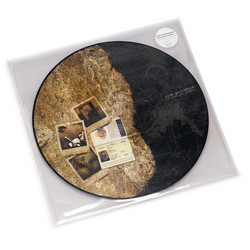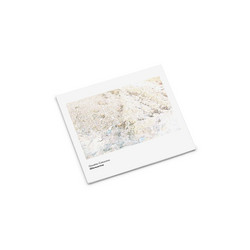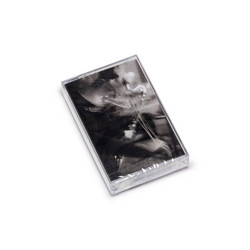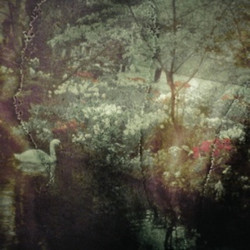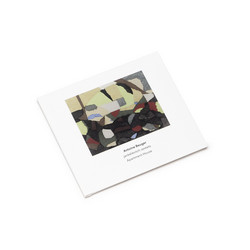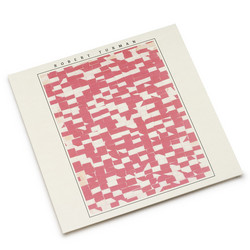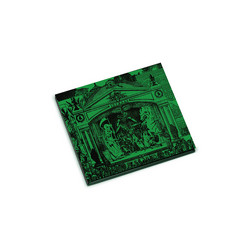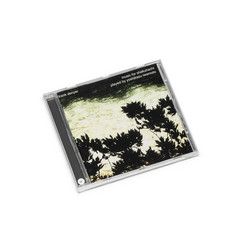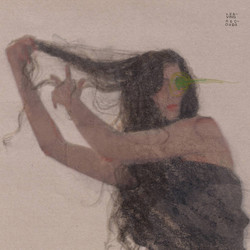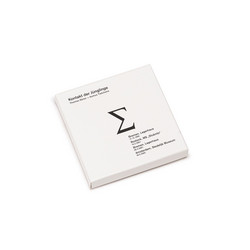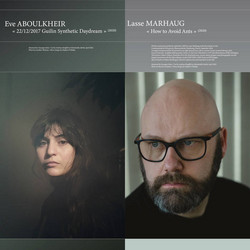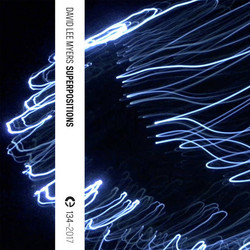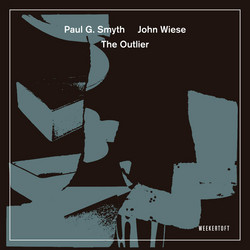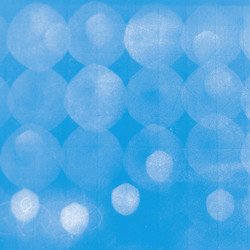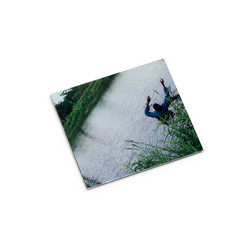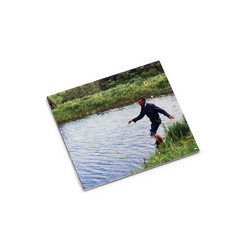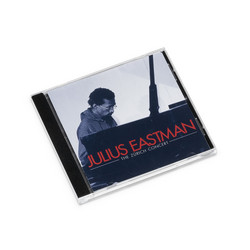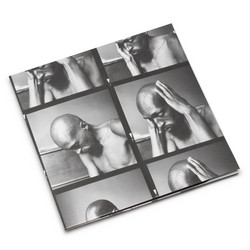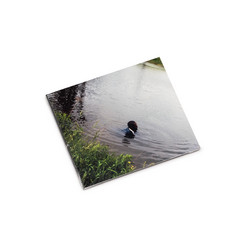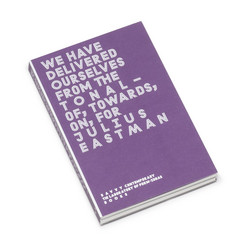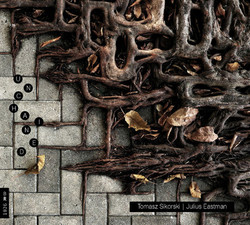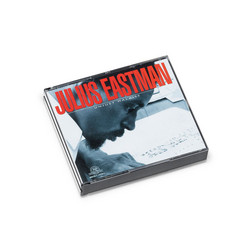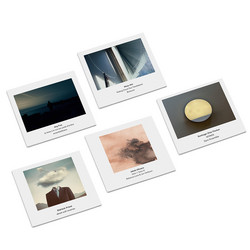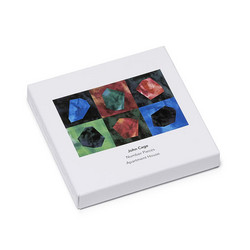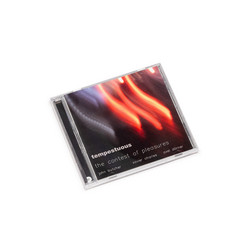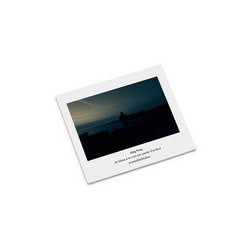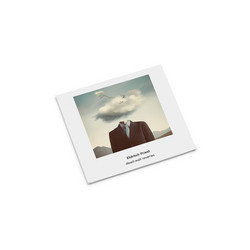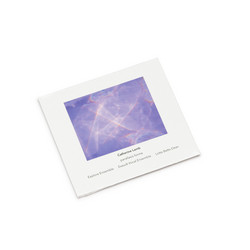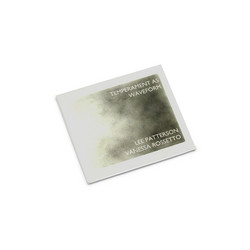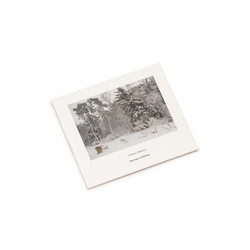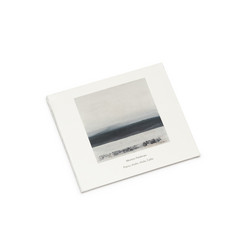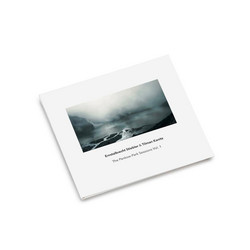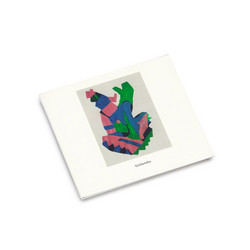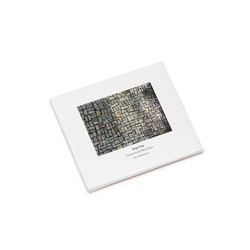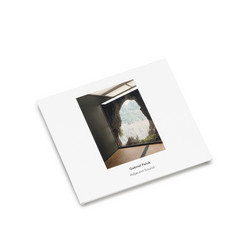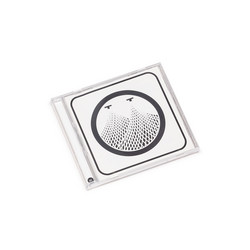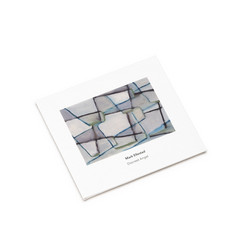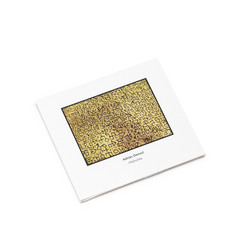Femenine, composed by Julius Eastman in 1974, stands as a landmark for American experimentalism - bringing minimalist structure together with exuberant, open-form collaboration. In their intensely engaged rendering, Apartment House conjures music that listens as much as it declares. Simon Limbrick’s insistent vibraphone motif and a persistent field of sleigh bells anchor the performance, as piano, strings, winds, and keyboard join, layering intricate phrases, timbral color, and nuance. The music gradually accumulates in density, never static, always inviting improvisation and live exchange.
Cellist and director Anton Lukoszevieze points to the work’s heterophonic intricacy and underlying warmth, a quality felt throughout the ensemble’s phrasing and willingness to balance ritual with surprise. Eastman’s fragmentary score liberates performers - who are empowered to interpret, shape, and propel the ensemble’s momentum in real time. Rather than pursuing mechanical process, Apartment House moves with organic unity, shaping ecstatic textures and gentle instability in turn.
The ensemble’s approach resists sterile minimalism in favor of collective risk and exuberant presence. Traces of melancholy, celebration, and radical openness coexist throughout, as listeners are drawn into an immersive field of pulsing groove, subtle disruption, and luminous resonance. The music’s energy reflects Eastman’s vision of collaborative creation: not just a statement, but a ritual enacted by all present. Apartment House’s iteration of Femenine affirms the piece’s inexhaustible potential - its capacity to transform, delight, and connect, each time it is performed and heard anew.
